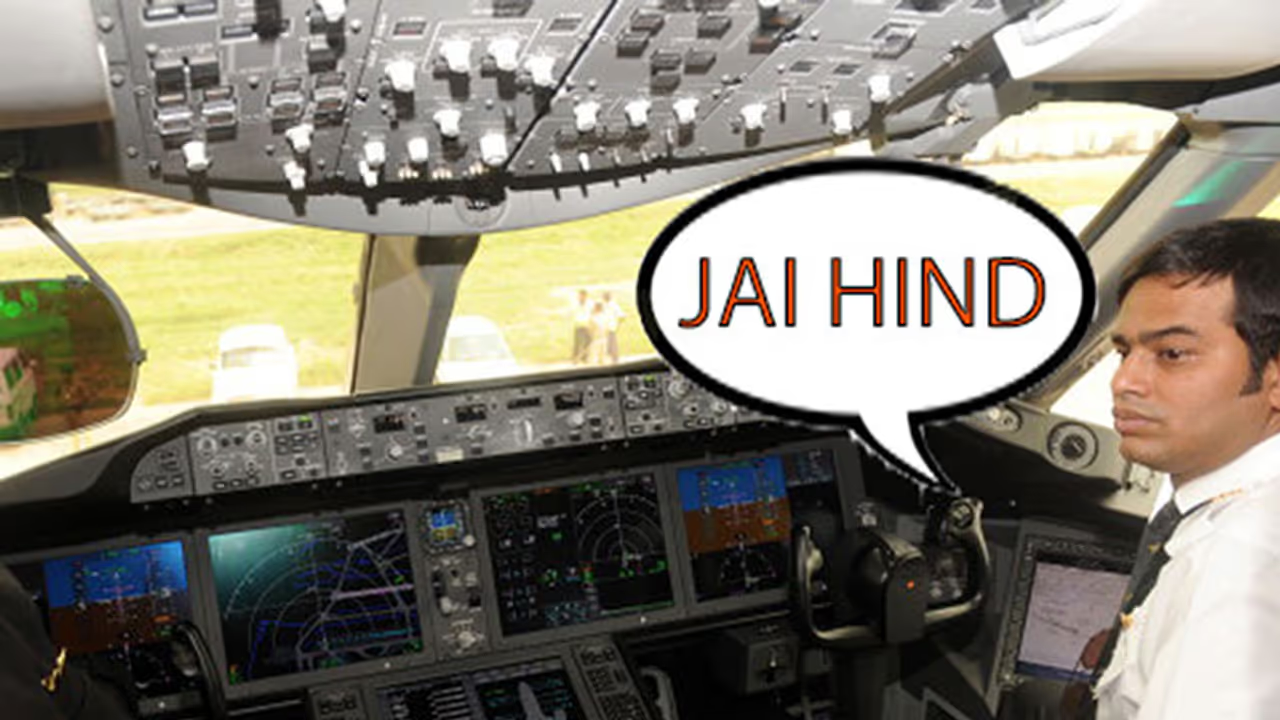
Air India’s chairman and managing director Ashwani Lohani has hit out at the previous government, saying it left the state-owned airline in a mess led by a botched merger and billions of dollars in aircraft debt, said a report in the Mint.
Air India, the international arm, and Indian Airlines which flew mostly domestic routes were merged by the United Progressive Alliance government in 2007 under a single banner, Air India
“We merged Air India with Indian Airlines—two separate companies with two separate cultures. One was a videshi (international) culture, second was a desi (domestic) culture. You tried to merge these two organizations without any objective in mind. Merger for mergers’ sake is not on,” Lohani said in a 30-minute interview with public broadcaster Doordarshan broadcast on Sunday.
The merger under then civil aviation minister Praful Patel has also been criticized by the government auditor, the Comptroller and Auditor General (CAG).
There was no administrative or financial support given to the airline when the merger was cleared. This led to a free fall.
“You merge two profit making organizations. Look at 2005-06—both organisations were in profit—and 2006-07: the losses were Rs. 600 crore. Then the losses went to Rs. 1,200 crore then they jumped to Rs. 7,000 crore.
“When we started having these losses, you take working capital loans from the bank. That piled up Rs. 22,000 crore working capital loans. And while the organization was going through these pangs of merger you decide to buy planes.
“Buying planes is a capital investment which in any company the owner has to do. If Indian Railways starts a railway line today it’s the government that gives funds for that. This was for the government to provide—the money for buying the planes.
“But the government decided a company will take a loan and then buy planes. So we took a loan. So this capital related loan on our head totals up to Rs. 50,000 crore (including the Rs. 22,000 crore of working capital loan),” he explained adding, “This Rs. 50,000 crore has accumulated because of legacy issues. It’s not (something) for which the company or its employees are responsible.”
When these losses started accumulating leading to delays in the payment of salaries and a workers’ unrest, the UPA government announced a Rs.30,000 crore equity infusion to bail out the airline in 2012.
The airline now has some Rs. 28,000 crore of accumulated losses.
To legally have net profit one has to wipe out all these losses which is a “tall order”.
“It will take decades to wipe that off,” Lohani said.
He said the airline is looking to become “profitable on a year-to-year basis” in the next three years and not seek any government money beyond the Rs. 30,000 crore already sanctioned.
He said unlike the hotel business, where margins could be as much 40%, the airline business was very competitive with margins of about 5%.
Government auditor CAG, which covered the 2002-2010 period in its review, had said in its 121-page report that Air India had been forced to buy aircraft from Boeing Co. and Airbus SAS in a hurry.
It also detailed events that led to the company’s ambitious $11 billion (Rs. 50,820 crore today) purchase on a paltry equity base of $34 million.
It said that in 2004, minister Patel, “in a meeting at Mumbai impressed upon the need for Air India to examine the possibility of non-stop India-US operations” and review its fleet acquisition plan.
Thereafter, the ministry “communicated the above-mentioned decisions on 5 August 2004 to Air India and directed them to revisit the acquisition proposal and submit a fresh proposal which would include revised requirements in view of” the “new dimension in the competition on the India/US route” and launch of a no-frills airline called “Air India Express”.
Interestingly, the India-US route was one on which Air India made the highest loss among all the routes it flew in 2005-06.
It lost Rs. 552.44 crore in the India-US sector that year. By 2009-10, this had increased to Rs. 1,522.15 crore.
In the past few years the airline has trimmed its losses.
Last fiscal, Air India halved its loss to Rs. 2,636 crore in the year ended 31 March on account of lower fuel costs from a loss of Rs. 5,859 crore in the previous year, Mint reported on 19th May. The improvement was almost entirely because a Rs. 2,704 crore in savings on jet fuel costs thanks to a slump in the price of crude oil, which has also benefited other airlines.
